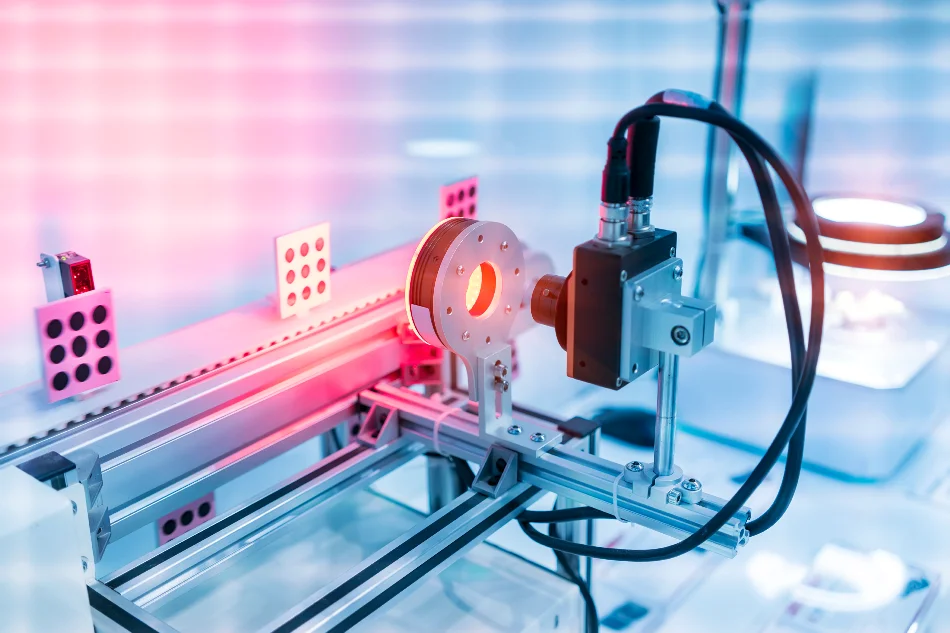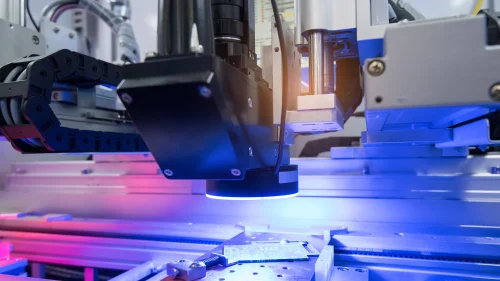Introduction
In the manufacturing and quality control processes, inspection plays a crucial role in ensuring the products meet specific standards and requirements. Traditionally, human operators have been responsible for inspecting products manually. However, with advancements in technology, vision inspection systems have emerged as a powerful tool to improve inspection processes significantly.
What are Traditional Inspection Methods?
Visual Inspection
Visual inspection involves human operators examining products for defects or irregularities using their eyes. While it is a straightforward method, it can be subjective and prone to human errors.
Manual Inspection
Manual inspection goes beyond visual observation and may include using measuring instruments or gauges to assess product dimensions and characteristics. While more precise than visual inspection, it is still limited by human capabilities.
Gauges and Templates
Gauges and templates are physical tools designed to check the conformity of a product. These tools are useful for simple, repetitive tasks, but they lack flexibility for complex inspections.
Limitations of Traditional Inspection Methods
Human Error
Traditional inspection methods heavily rely on human judgment, leading to inconsistencies and errors in the inspection process.
Time-Consuming
Manual inspection is a time-consuming process, especially for large-scale manufacturing, which can slow down production.
Limited Accuracy
Human-based inspections might not detect minute defects or variations that could impact product quality.
Introducing Vision Inspection Systems
How Do Vision Inspection Systems Work?
Vision inspection systems use cameras and image processing algorithms to evaluate products with precision and accuracy.
Advantages of Vision Inspection Systems
- High Speed: Vision systems can inspect products at incredible speeds, enhancing productivity.
- Accuracy: The use of advanced algorithms ensures reliable and consistent inspections, reducing errors.
- Non-Contact: Vision systems perform inspections without physically touching the products, minimizing the risk of damage.
- Versatility: These systems can adapt to various products and inspect multiple parameters simultaneously.
Key Differences Between Traditional and Vision Inspection Systems
Automation and Speed
Vision inspection systems are automated, reducing the need for manual intervention and significantly increasing the inspection speed.
Accuracy and Precision
Vision systems offer unparalleled accuracy and precision compared to traditional methods, ensuring higher-quality products.
Flexibility and Adaptability
Vision systems can handle complex inspections and adapt to changes in production requirements more effectively.
Data Collection and Analysis
Vision inspection system provide valuable data for statistical analysis and process optimization, aiding in continuous improvement efforts.
Industries Using Vision Inspection Systems
Automotive
In the automotive industry, vision inspection systems are used to inspect critical components for defects and ensure safety and reliability.
Pharmaceutical
Vision systems are employed in pharmaceutical manufacturing to detect defects in medications and ensure compliance with regulatory standards.
Electronics
In the electronics industry, vision inspection systems check circuit boards and electronic components for accuracy and functionality.
Food and Beverage
Vision inspection systems play a vital role in the food and beverage industry to maintain quality and safety during production and packaging processes.
Implementing Vision Inspection Systems: Considerations
Initial Investment
The implementation of vision inspection systems requires an initial investment in hardware and software, but the long-term benefits outweigh the costs.
Training and Integration
Proper training of personnel and seamless integration with existing processes are essential for successful implementation.
Maintenance and Support
Regular maintenance and technical support are necessary to keep the vision systems running optimally.
Challenges of Vision Inspection Systems
Complexity of Inspection Tasks
Some products may have intricate features that pose challenges for the vision systems to inspect accurately.
Lighting and Environment
Appropriate lighting and a controlled environment are critical for the vision systems to capture high-quality images.
Integration with Existing Processes
Integrating vision system into established manufacturing processes requires careful planning and coordination.
The Future of Inspection: Combining Traditional and Vision Systems
While vision inspection systems offer numerous advantages, a hybrid approach that combines human expertise with vision technology can provide more comprehensive and reliable inspection results.
Conclusion
In conclusion, vision inspection systems represent a significant advancement in the field of quality control and inspection. They offer speed, accuracy, and versatility, overcoming the limitations of traditional inspection methods. As industries continue to embrace automation and smart manufacturing, vision inspection systems will play an increasingly pivotal role in ensuring product quality and enhancing overall efficiency.


